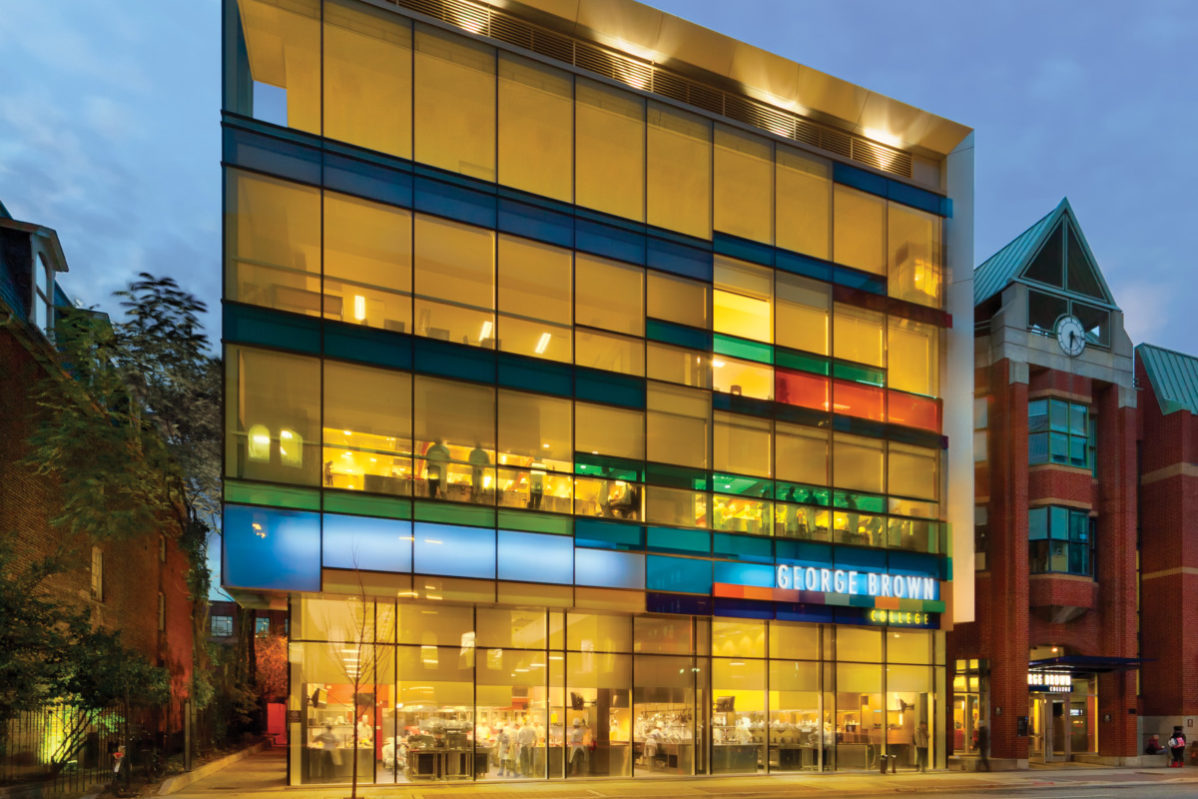By Candice Zhang
Earlier this week, President Anne Sado announced that George Brown College’s (GBC) course delivery for the Winter 2021 semester will mainly take place in a distance-learning format due to the increase of COVID-19 cases. She also stated that students in programs with a lab component will complete their classes via a hybrid model.
Cory Ross, the vice president of academic, says that the college is monitoring the pandemic frequently to predict new changes in classroom settings, which may affect their decisions in the future.
“We are always in contact with the program coordinators and the faculty,” Ross said. “We will release programs as they come.”
⚠ Winter Semester 2021https://t.co/xFOjtTvjk0 pic.twitter.com/WUF0t4p6cr
— George Brown College (@GBCollege) September 28, 2020
Since the pandemic started, students and instructors have faced the situation of moving from a physical to a virtual classroom rapidly. In order to create a good learning experience, the college administrators are discussing more-effective program delivery options with coordinators.
“We had to beef up the teaching and learning,” said Ross. “We still have a lot of work to do.”
Although the college has witnessed a decrease in enrollment numbers, Ross emphasizes that the programs still need to be delivered for new and returning students alike. However, the only way to continuously deliver programs is through an online model.
“The online system is not the best for applied learning,” said Ross. “We are very responsible to make sure our first priority is for our graduating students to apply their skills to the world of employment.”
On the other hand, the college is working hard to ensure the safety of students attending physical classes. Experts and specialists from infection control were contacted to inspect the safety of the labs. Even before the Fall 2020 semester commenced, a test run in the summer was conducted among construction and engineering technology students. Although the in-class component can be a hassle for teachers and students alike, Ross emphasizes that implementing strict measures are important for containing an outbreak – if it were to occur within the college.
“We have incorporated a very strict contact-tracing method, so we know who is in the building and at what time,” Ross said.
After the first case of COVID-19 was announced on September 29, the George Brown community is working harder to implement more precautions to protect the students from further outbreaks.
Regardless of the number of hands-on activities and projects, Ross said that students will not fully be back on campus until the pandemic subsides.
“There are 24 colleges in Ontario, and no one will be fully on campus,” said Ross. “Everybody is in bits and pieces.”
Even if the situation may not be ideal for students, program advisory groups from the college are trying to find new methods to adapt to the new normal. But until then, the future effects of the pandemic remain uncertain. The next in-person graduation date cannot be predicted, nor t when physical classes fully resume.
“We have already entered the second wave,” said Ross. “When we get through this term, we will know more. But we can’t make false promises.”


